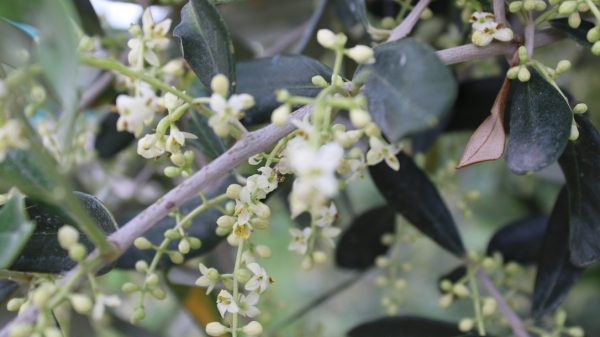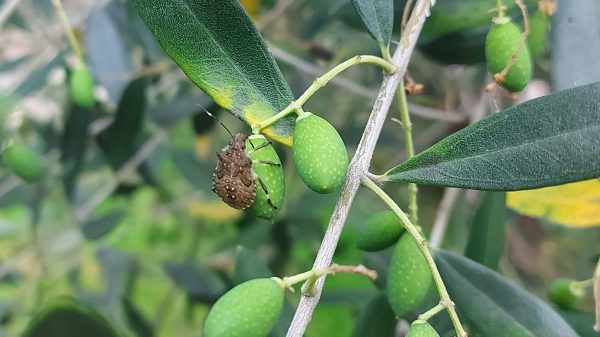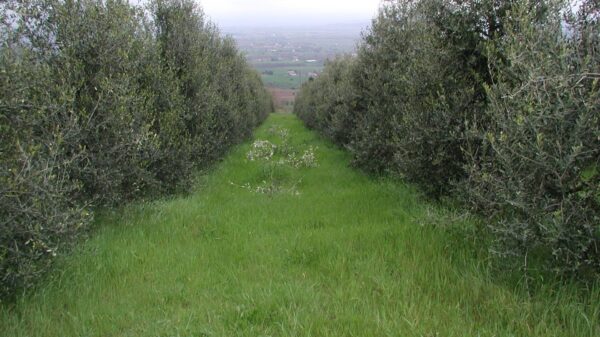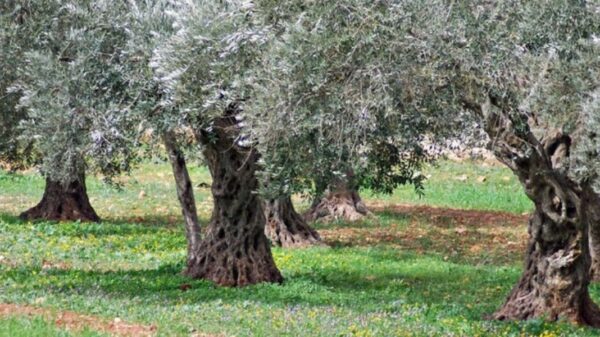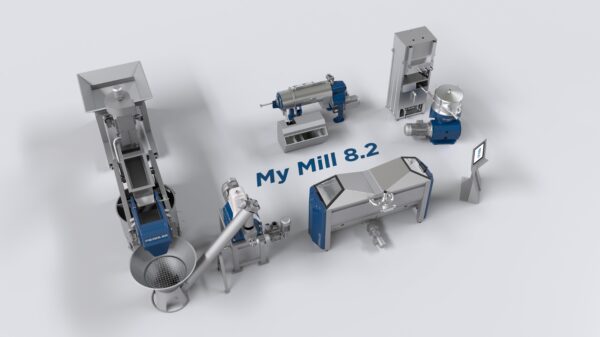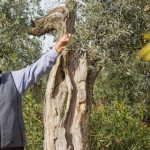 New technologies and increasingly numerous studies on oil extraction techniques provide us with a series of products and processes that allow us to increase yields and at the same time keep the chemical and organoleptic qualities of the product high.
New technologies and increasingly numerous studies on oil extraction techniques provide us with a series of products and processes that allow us to increase yields and at the same time keep the chemical and organoleptic qualities of the product high.
One of these is thenitrogen. As the kneading temperature and exposure to air increase, the phenol content in the paste decreases and oxidation processes are triggered. To overcome this, the air naturally present in the kneader is replaced with nitrogen. However, the total elimination of oxygen, if on the one hand it is an excellent system to reduce the degradation of phenols, on the other it has a negative effect on the formation of aromas and other sensory characteristics due mostly to the volatile particles produced from the degradation of polyunsaturated fatty acids by enzymes. Therefore, if the nitrogen is not completely substituted for the natural air (for example kneading is started with the air which is gradually exchanged with the nitrogen) a good aromatic charge is produced with limited oxidative processes.
A very similar result can be achieved much more simply by using sealed kneaders with reduced chamber (sometimes it is sufficient to change the shape of the lid and its closure system): in this case the composition of the atmosphere (usually 75% nitrogen and 23% oxygen) above the pasta changes considerably because the percentage of oxygen is reduced until it is almost completely replaced by carbon dioxide. With this expedient there is a progressive increase of the phenolic and aromatic load over time, unlike what normally happens in not completely filled kneaders.
Often then, due to causes related to the variety, incorrect ripening or climatic trends, the olive paste is difficult to work with, with low yields which can be avoided by lengthening the processing times or increasing the temperatures, as I have just said. . There is another type of intervention, painless, which provides for the use of physical extraction adjuvants made of inert material, ie substances that do not activate chemical or biochemical reactions. The most used is the natural talc or micro-talc (hydrated magnesium silicate), which in the kneading phase prevents the formation of water/oil emulsions and breaks the emulsions previously formed in the pressing phase. Furthermore, it absorbs the water that is released from the olives, allows the drops of oil retained in the cell walls of the drupes to come out more easily and unite forming larger ones, increases the quantity of free oil facilitating the subsequent operations of extraction of the same from the paste and reducing the amount of solid particles in the oil that can cause sediment. It can be added in percentages ranging from 0,5% to 4% of the weight of the paste. Many studies indicate that percentages between 1% and 2% are optimal. An excellent system, very cheap, simple and respectful of the laws on virgin oils.
Another simple practice is to cool the pasta when it comes out of the crusher: in fact a lowering of the temperature to 18° immediately after being crushed and before going into the kneading, where the processing must not exceed 25°, allows most of the Italian cultivars to obtain high levels of aromas and proportionate concentrations of phenols at equal yield.
The possibility of using new oil plants that exploit thewith high vacuum technique allows kneading the dough at temperatures between 17° and 21°, much lower than the average 25°-28°-30° of normal kneading. High vacuum or high vacuum is a consolidated technique in the food sector: essentially vertical kneaders are used which work in depression (0,2 bar) created by a vacuum pump, kept constant thanks to a safety valve. The loading of the olive paste takes place from below and the mixing of the paste inside the kneader is given by a vertical rotor. Here too high levels of aromas and phenols with the same yield.
The new extraction techniques provide the use of ultrasound, microwave and mega sounds, which, especially on green olives, increase the yield, increase the phenolic content from 10% to 20% and improve the vitamin content, keeping the aromatic charges unchanged. Furthermore, for the same extraction yield, they reduce to a minimum the rest area during kneading. They are systems of the future, in an experimental phase, which we will certainly see in a few years. In the meantime, however, if we were to focus our attention on the short term, the interventions of greatest interest should concern the crusher, which is no longer considered a simple "hammer" that crushes the olives, a machine useful for reducing the olive. Today it is considered the true bioreactor in the process of formation of extra virgin olive oil, especially as regards the sensory component. Finally, the right emphasis has been given to temperature control in this phase, considering that the lipoxygenase, which produces aromas, is active between 18 and 22 degrees. And that oxygen can play a key role. Therefore, lowering the temperature by even just 4-5 degrees using jacketed crushers, inside which water flows at a controlled temperature, and controlling the oxygen through suitable sensors that guarantee a measured and correct flow can significantly change the profile of an oil .
These may seem like indications that go beyond the normal and simple olive mill practices (nitrogen insufflation, maniacal control of temperatures, verification of processing speeds, use of talcum powder, vacuum), but in a modern plant they correspond to parameters that are perfectly visible and controllable and which can increase the yield without affecting the chemical and organoleptic aspects: the temperatures and rotation speeds are managed via a control panel which the miller accesses to adjust them according to the type of olives and pasta; the talc only needs a scale and a container for the transfer; the hermetic closure of the malaxer and the use of nitrogen can instead be controlled in the mills that use it. Although sometimes an initial result would be obtained by keeping the kneaders closed which, it is not known for what reason, are sometimes left open during processing, especially in smaller plants.
di


